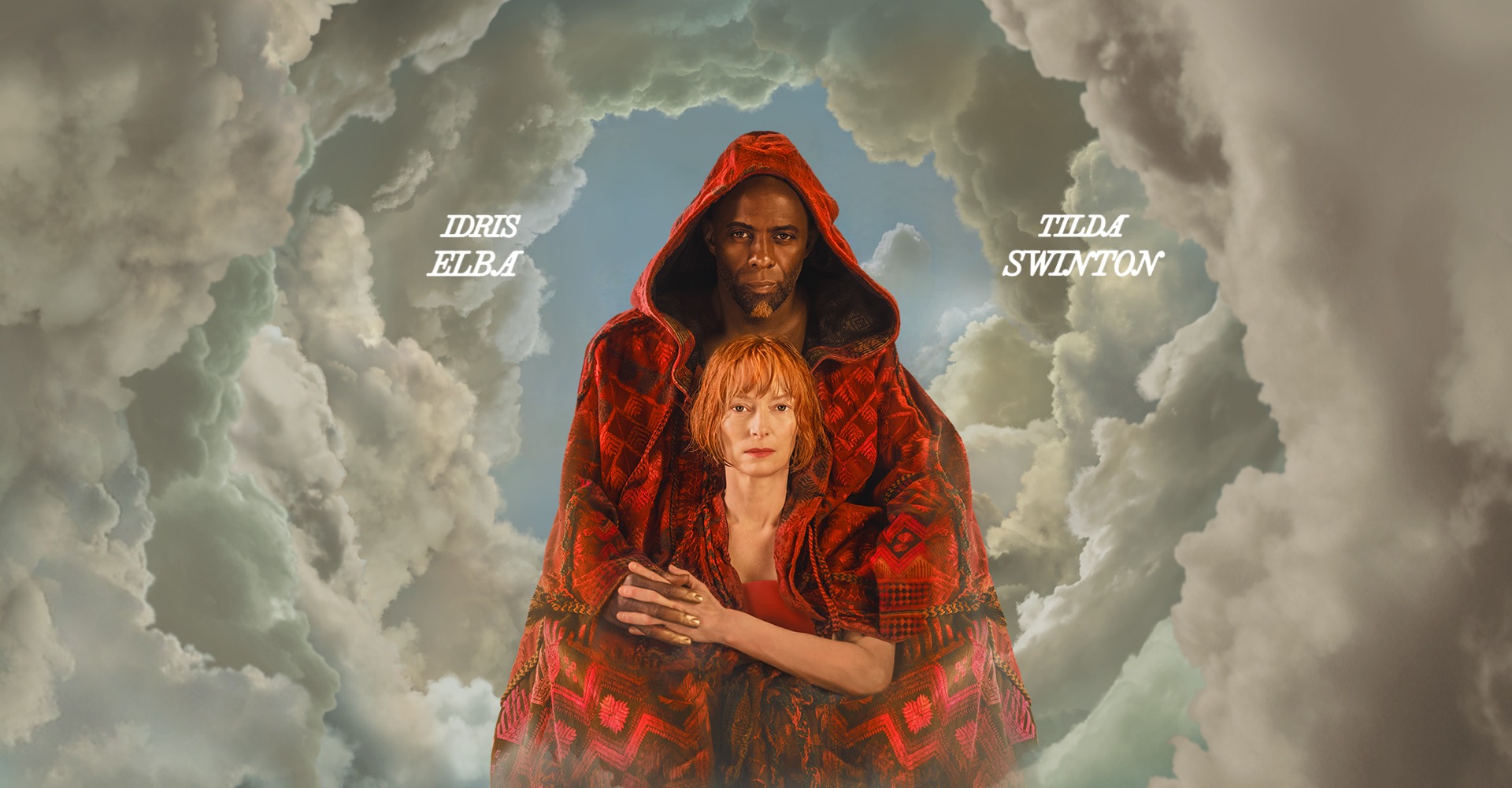
The beating heart of George Miller’s Three Thousand Years of Longing lies in the power of narratives and what they mean to us as viewers. The film follows Tilda Swinton’s Alithea, a narratologist who travels to Istanbul, where she attends conferences and gives speeches about the history and power of storytelling. After finding and cleaning an old glass lamp, she accidentally releases Djinn, played by Idris Elba, who grants her three wishes in exchange for his freedom. From there, the film takes an interesting turn. Instead of becoming an action-packed and fantastical epic where Alithea makes wishes with disastrous consequences – she is reluctant to make any wishes. And to convince her, Djinn decides to sit down and tell her all the details of his long life and imprisonment: his great loves, his great regrets, and his great suffering.
If you’re familiar with Miller’s work – or even if you’re just familiar with his last film, the surprise smash hit, Mad Max: Fury Road – you probably have a certain expectation for this film. But, as Miller calls it, Three Thousand Years of Longing is the “antithesis” to Fury Road. Where every minute of Fury Road feels like having a cardiac arrest while watching a tornado tear through your neighborhood, Three Thousand Years of Longing has no interest in reaching the same bombastic heights. Instead, what we have here is an introspective and stirring fairy tale about two people living in solitude and finding solace in each other’s company. But make no mistake, this isn’t a banal film. Like many of Miller’s other works, Three Thousand Years of Longing is a feast for the eyes. The film is told mostly in flashbacks as Djinn recalls to Alithea the various circumstances surrounding his imprisonment in the lamp. As we travel thousands of years into the past the film showcases a variety of visual wonders, from enthralling landscapes and palaces, to lush costuming and a rich color palette.
Still, there’s something about Three Thousand Years of Longing that leaves something to be desired. Something about the movie feels incomplete. This can maybe be chalked up to the film’s final act – which focuses on the romance between Alithea and Djinn. But despite the strong performances delivered by both – especially during their conversations about desire and the nature of storytelling weaved in between Djinn’s memories – they lack a certain kind of chemistry that’s needed to sell such a romance. And Miller’s portrayal feels oddly chaste. Throughout the film, Miller shows no restraint in portraying the range of anguish, love, and desire felt by the cast of characters in Djinn’s memories. But in this one aspect, he shows restraint. Why? It’s to the film’s detriment that the last act lies solely on a romance between Swinton and Elba that is nowhere near as compelling as Djinn’s stories.
But weirdly, this flaw affirms the film’s overall thesis regarding the power of storytelling. Nothing in the film is as interesting as when the characters are telling stories – from listening to Djinn’s voice as he narrates the tragedies he witnessed over the years, to Alithea relaying the decay of her marriage and her journey into self-solitude. Despite the film’s flaws and an underwhelming ending, there is still something worth watching about a film that simply asks us to sit down as a master filmmaker tells us a story.
 Tatiana Nunez is an English major on the Writing and Rhetoric Track and is in her Senior Year at FIU. Her favorite films include The Handmaiden and Heat. And her go-to genres are horror, action, and erotic thrillers.
Tatiana Nunez is an English major on the Writing and Rhetoric Track and is in her Senior Year at FIU. Her favorite films include The Handmaiden and Heat. And her go-to genres are horror, action, and erotic thrillers.
